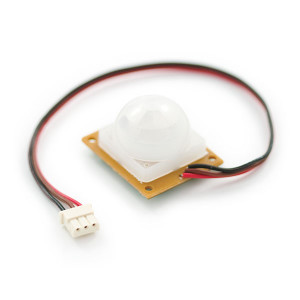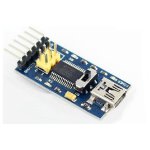As a visitor of many discussion forums about the Raspberry Pi, I recently stumbled upon a lot of cries for help, such as “My RasPi doesn’t boot anymore!” or “Help, my i2c-, spi devices and 1-wire sensors” suddenly disappeared.
All of you probably belong to the Raspi lovers, that wan’t to keep the device’s linux-kernel at a “bleeding-edge” release, doing an “rpi-update” almost every day. Be aware that such a kernel is still tagged as “experimental”, so that it can seriously damage your Raspbian installation. The number of messages is still very high in all discussion forums and a lot of experienced users already became tired in answering the help requests.
To be on the safe site, update your system using “apt-get update && apt-get upgrade” or “apt-get dist-upgrade”, unless you know what you are doing. If your upgrade already has failed, but you’re still able to boot the system, you can roll-back to a previous release with:
sudo rpi-update b2f6c103e5355bee90ff57f55cdf6d7005485a23
The long string represents the Git hash for the specific firmware revision. You can look for those hash in the rpi-update git repos commits list: https://github.com/Hexxeh/rpi-firmware/commits/master.
However, if you want to stay with the latest 3.18 kernel branch, here’s what you can do to solve your problems with i2c, spi, lirc and 1-wire:



